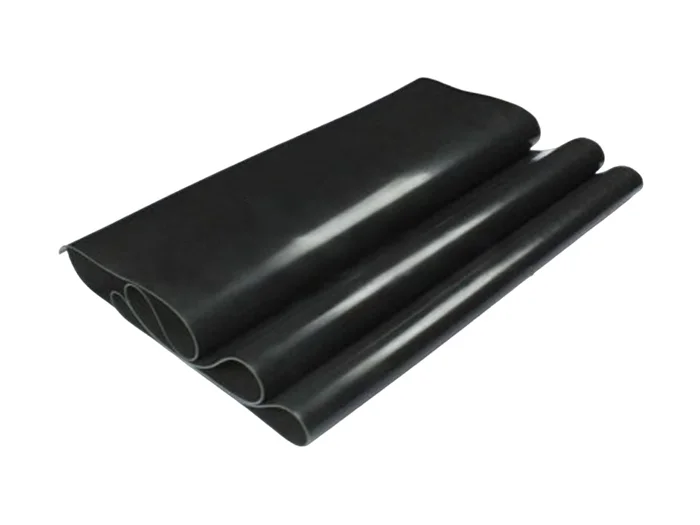Unveiling the Environmental Impact: Is Paper More Harmful than Plastic?
2 min read
In today's environmentally conscious world, the debate between paper and plastic has gained significant attention. Both materials play a crucial role in our daily lives, but their environmental impact is a topic of concern. This article aims to delve into the question: Is paper more harmful than plastic? By examining various aspects, we can gain a comprehensive understanding of the environmental implications associated with these materials.
- Resource Extraction and Manufacturing:
To assess the environmental impact, we must first consider the extraction and manufacturing processes. Paper production involves cutting down trees, which contributes to deforestation and habitat loss. On the other hand, plastic is derived from fossil fuels, leading to carbon emissions and the depletion of non-renewable resources. However, advancements in sustainable forestry and recycling technologies have mitigated some of the negative impacts of paper production. - Waste Generation and Management:
One of the key concerns surrounding paper and plastic is their disposal and waste management. Paper is biodegradable and can decompose relatively quickly, reducing its impact on landfills. Plastic, on the other hand, is non-biodegradable and can persist in the environment for hundreds of years, contributing to pollution and endangering wildlife. However, plastic recycling initiatives have been implemented to minimize its environmental footprint. - Energy Consumption:
Examining the energy consumption during the lifecycle of paper and plastic is crucial. Paper production requires significant amounts of water and energy, particularly in the pulping and drying processes. Conversely, plastic manufacturing consumes less energy but emits more greenhouse gases during production. The energy consumption aspect highlights the need for sustainable practices and the development of alternative materials. - Environmental Pollution:
Both paper and plastic contribute to environmental pollution, albeit in different ways. Paper production releases pollutants into the air and water, affecting ecosystems and human health. Plastic, on the other hand, poses a threat through microplastic pollution, which has adverse effects on marine life and enters the food chain. Reducing pollution requires a comprehensive approach, including waste reduction, recycling, and responsible manufacturing practices.
Conclusion:
After a thorough analysis, it is evident that both paper and plastic have their environmental drawbacks. Paper contributes to deforestation, while plastic poses challenges in terms of waste management and pollution. To mitigate their impact, it is crucial to promote sustainable practices, such as recycling, responsible sourcing, and the development of alternative materials. Ultimately, the goal should be to reduce our overall consumption and embrace a circular economy that minimizes waste and maximizes resource efficiency.


